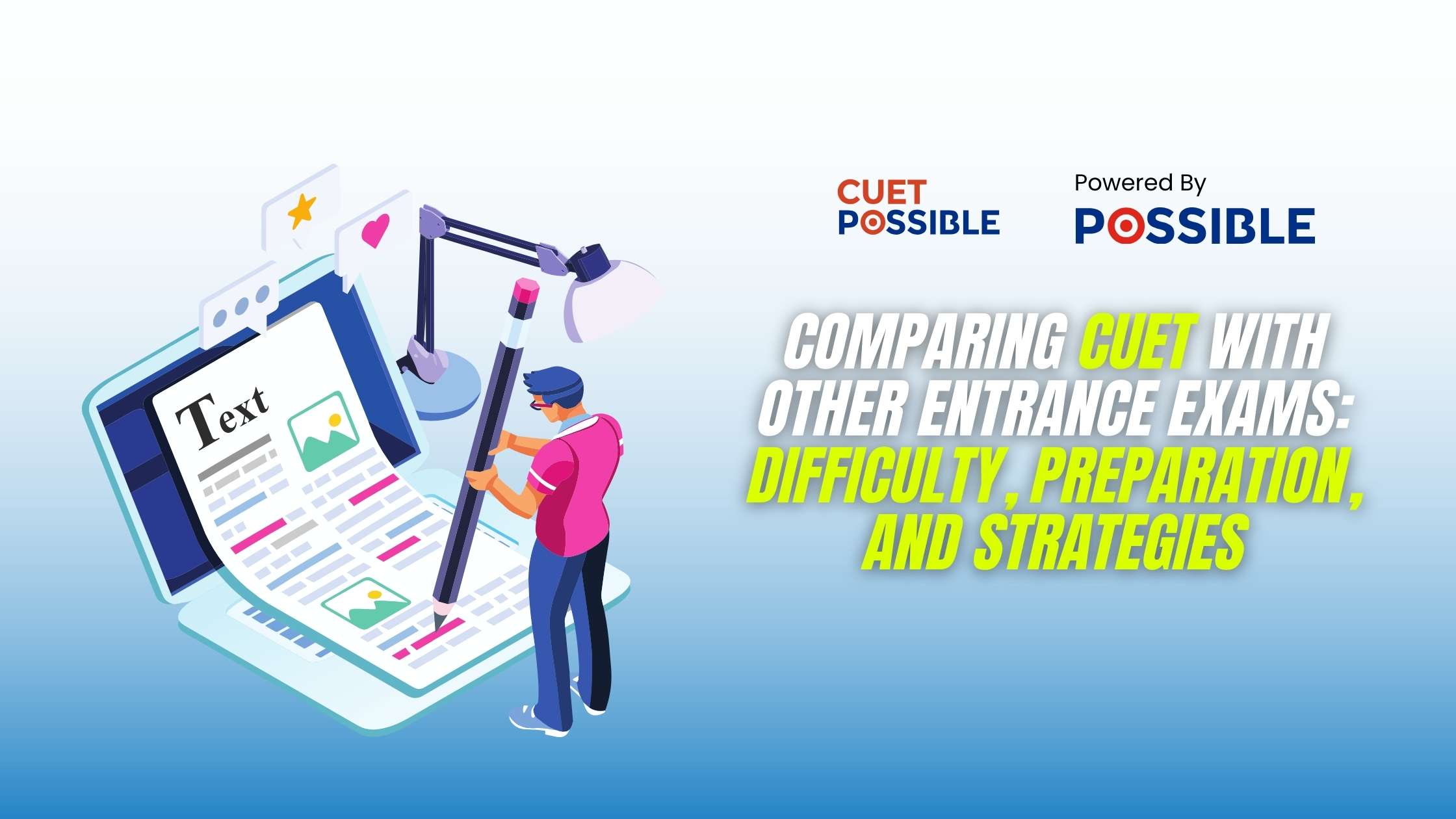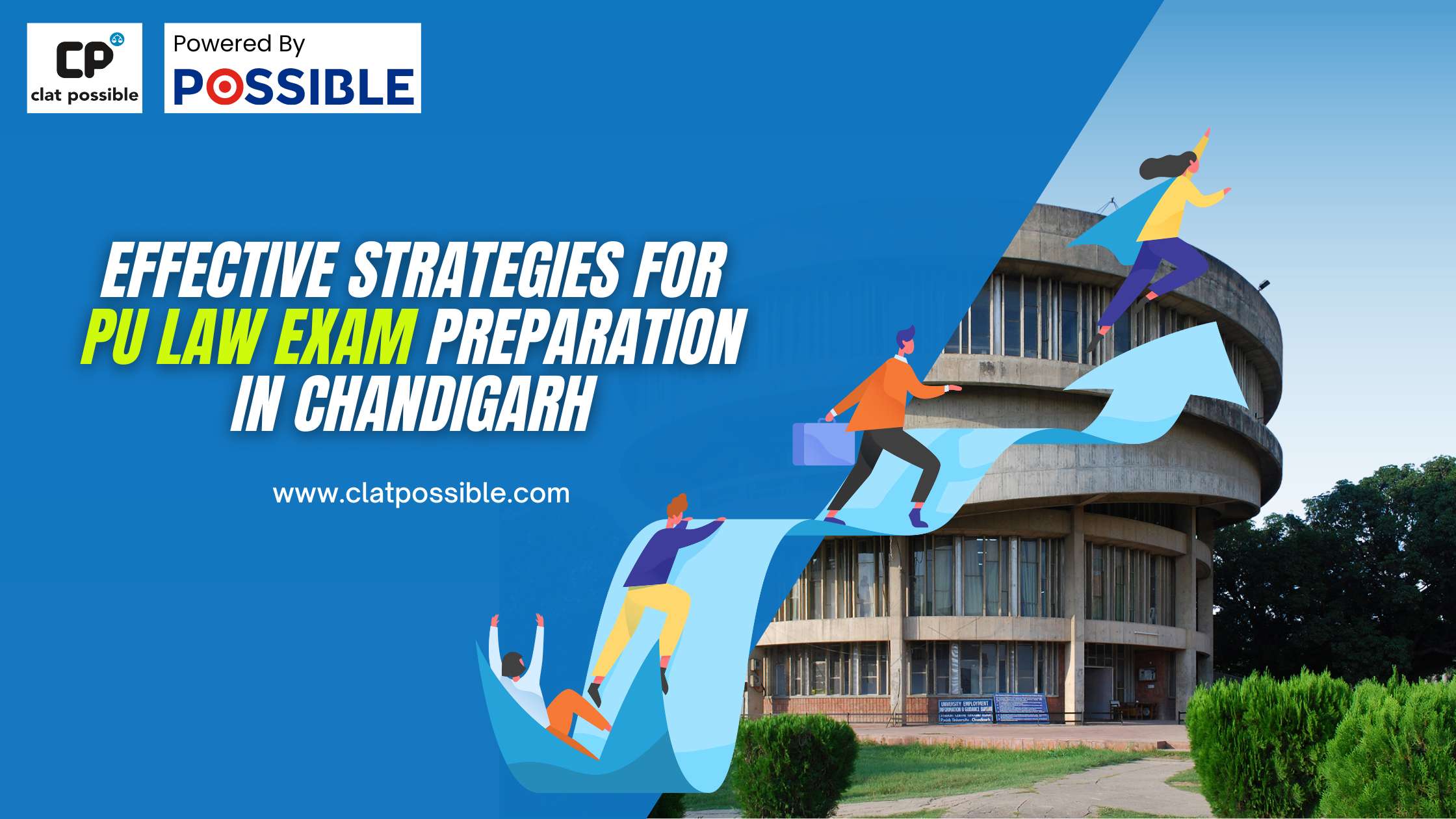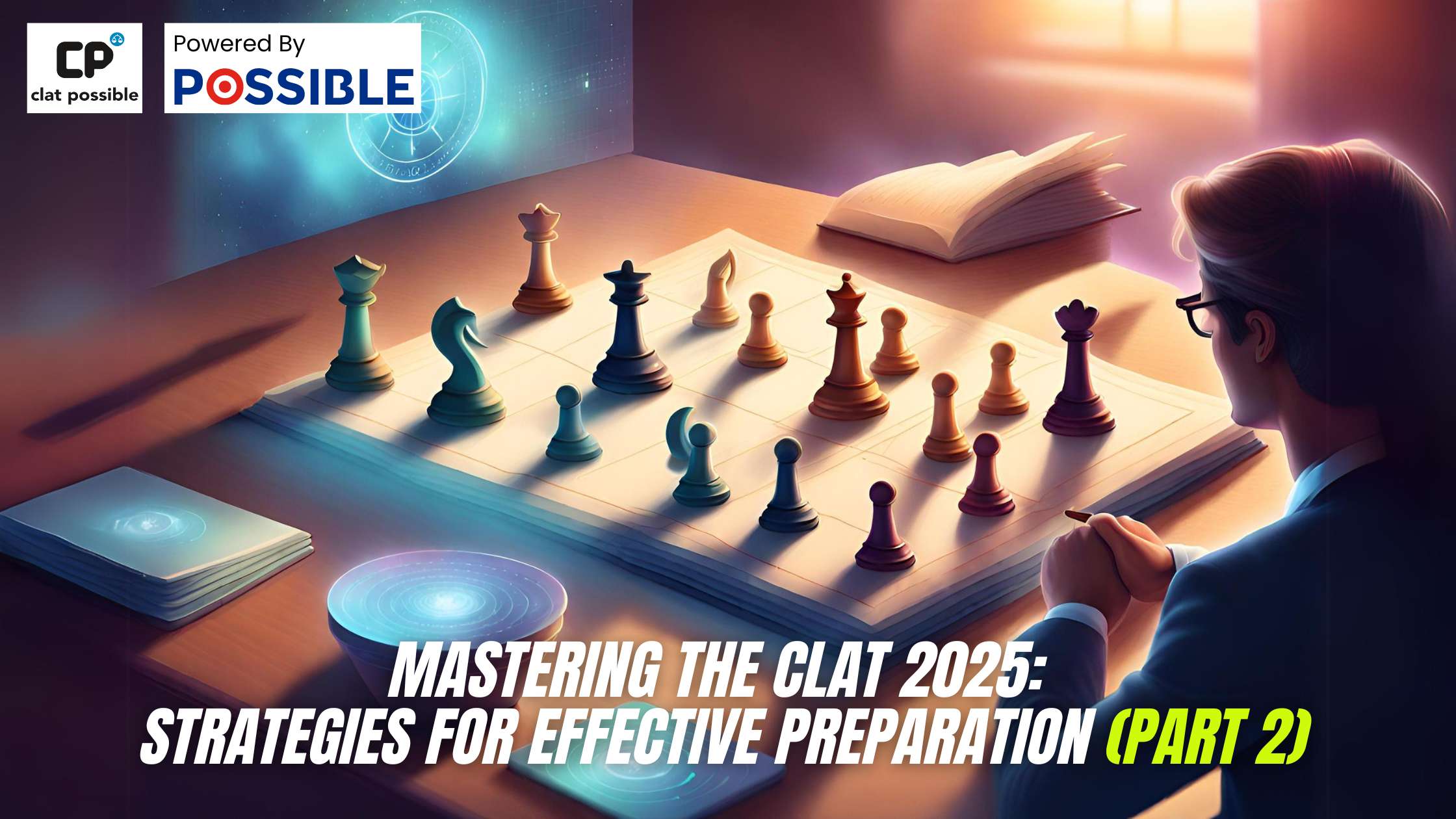
Understanding CLAT’s Academic Rigor
The Common Law Admission Test (CLAT) is the gateway to prestigious law schools in India, demanding a high level of preparation due to its intense competition and comprehensive syllabus. It tests candidates on various fronts, including logical reasoning, legal aptitude, mathematics, English, and general awareness, making it imperative for aspirants to develop a robust study plan.
Key Areas of Focus for CLAT Aspirants
Legal Reasoning: Beyond the Basics
Legal reasoning requires more than just an understanding of laws and principles; it necessitates the ability to apply these in novel situations. To master this section, immerse yourself in case studies, analyze landmark judgments, and engage in debates on legal scenarios. This not only sharpens your reasoning skills but also deepens your legal knowledge.
Logical Reasoning: Strategies for Efficiency
Logical reasoning tests your ability to analyze and evaluate arguments. Develop a practice of reading editorials and analytical pieces, solving puzzles, and playing strategy games. These activities enhance your critical thinking skills, enabling you to tackle this section with greater accuracy and speed.
Crafting a Strategic Study Plan
Morning Routine: Setting the Day’s Academic Intent
Your morning study session should start with revisiting difficult topics from the previous day or tackling new challenging concepts. The fresh state of mind in the morning helps in absorbing complex information more effectively. Incorporate active recall techniques by summarizing what you’ve learned in your own words or teaching the concept to an imaginary audience.
Afternoon Deep Dives: Tackling Complex Subjects
The afternoon slump is real; use this time to engage with materials that require deep focus but are of high interest to keep you engaged. This could be practicing legal reasoning cases or parsing through logical reasoning sets. Mixing up subjects can help keep the monotony at bay and maintain your concentration levels.
Evening Review Sessions: Reinforcing Learning
In the evening, switch to lighter subjects or revision. Practice quick quizzes on general knowledge or current affairs. Use tools like flashcards for English vocabulary or legal terms, and mind maps to consolidate information on important legal principles or logical reasoning patterns.
Leveraging Technology in CLAT Preparation
Online Resources and Their Optimal Use
The internet is a treasure trove of resources. Leverage online courses, YouTube tutorials, and legal blogs to complement your studies. Platforms like Lawctopus and Bar and Bench provide insights into real-world legal scenarios, enhancing your practical understanding of legal studies.
Utilizing Legal Databases for Practical Understanding
Getting hands-on experience with legal databases such as Manupatra or LexisNexis can be invaluable. These platforms offer access to a wide range of case laws, statutes, and articles, helping you develop a knack for legal research, a crucial skill for any aspiring lawyer.
Study Breaks and Time Management
Effective Time Management Techniques for Aspirants
Adopting time management strategies like the Pomodoro Technique, where you study for 25 minutes and take a 5-minute break, can significantly enhance focus and retention. Planning your day in advance, setting specific goals for each study session, and sticking to a predetermined schedule can also help manage the vast syllabus more efficiently.
Planning Short, Effective Breaks
Your breaks should be as strategic as your study sessions. Opt for activities that help you relax yet keep the mind engaged, like a short walk, meditation, or even a quick doodle session. This ensures you return to your studies refreshed and ready to absorb more information.
Monthly and Weekly Goal Setting
Setting monthly and weekly goals allows you to track your progress and stay motivated. Break down the syllabus into manageable sections, assigning them to specific weeks or months. Regularly review your goals to adjust your plan based on what’s working and what’s not, ensuring continuous improvement in your preparation strategy.
Simulated Exams and Self-Assessment
Importance of Mock Tests in CLAT Preparation
Mock tests simulate the exam environment, helping you build stamina and manage time effectively during the actual exam. They also highlight your strengths and areas for improvement, allowing you to tailor your study plan to address weaknesses.
Analyzing Mock Test Results for Improvement
After each mock test, spend time analyzing your performance. Identify patterns in the mistakes you’re making, whether they’re conceptual errors, misinterpretations of questions, or time management issues. Use these insights to refine your study strategy and focus on bridging gaps in your understanding.
Health, Diet, and Sleep: The Unsung Heroes of CLAT Prep
A balanced diet, sufficient sleep, and good physical health play a crucial role in maintaining mental agility and focus. Incorporate brain foods like nuts, berries, and fish into your diet, and ensure you’re getting at least 7-8 hours of sleep each night to aid in memory consolidation and cognitive function.
Final Review and Stress Management Before the Exam
The final week before the exam should focus on consolidation and confidence-building. Avoid cramming new information and instead, review key concepts, practice relaxation techniques, and maintain a positive outlook. Remember, a calm mind is more capable of recalling information and tackling complex questions.
Suggested Daily Routine for CLAT Preparation
Creating a balanced daily routine that allocates time for study, rest, and personal care is essential. Each day should include dedicated slots for revising different sections of the CLAT syllabus, practicing mock tests, and engaging in activities that support mental and physical well-being.
FAQs: Unconventional Tips for CLAT Aspirants
- How can I improve my speed in solving the logical reasoning section? Practice with a timer to develop a sense of urgency. Regularly solving puzzles and engaging in activities that require quick decision-making can also help improve your speed.
- What are the best resources for practicing previous years’ CLAT papers? Official CLAT consortium websites, reputable coaching institute portals, and legal education forums offer a wealth of past papers and model tests.
- How often should I take mock tests? Starting with a weekly mock test and gradually increasing to two or three per week as the exam approaches is a good strategy to build endurance and assess your preparation level.
- Can group study be beneficial for CLAT preparation? Yes, when done right. It can facilitate knowledge sharing, expose you to different perspectives, and keep you motivated. However, choose your study group carefully to ensure it’s productive and focused.
- How important is it to stay updated with current affairs for CLAT? Extremely important. CLAT has a significant portion dedicated to current affairs and general knowledge. Daily reading of national newspapers and following credible news sources online is crucial.
- What strategies can help in managing the vast syllabus of CLAT? Breaking down the syllabus into manageable sections, creating a realistic study schedule, and using active recall and spaced repetition techniques can be effective strategies.
Incor porating these detailed strategies and tips into your CLAT preparation will ensure a well-rounded and comprehensive approach to mastering the exam. The journey to becoming a successful law aspirant is demanding, requiring not only hard work and dedication but also smart planning and execution. Remember, the key to acing CLAT lies not just in the hours you put in but also in how effectively you use those hours. Balancing your academic preparation with health and well-being will keep you in the best shape to tackle the challenges of the exam head-on.
A well-structured daily routine, tailored to your personal strengths and weaknesses, combined with consistent practice, mock tests, and a positive mindset, will pave your way to success. Embrace the journey with confidence, perseverance, and the willingness to adapt and improve at every step.As you move closer to the exam date, remind yourself of the progress you’ve made and the knowledge you’ve gained. CLAT is not just a test of your academic abilities but also your resilience, time management, and strategic thinking. With the right approach and mindset, you’ll be well-equipped to turn your aspirations into reality.
Remember, every CLAT aspirant has the potential to succeed. It’s the daily routine, discipline, and dedication to your preparation that will differentiate you from the rest. Trust in your abilities, stay focused on your goals, and let your hard work guide you to achieving your dream of entering the legal profession.Best of luck on your CLAT journey. May your dedication and efforts be rewarded with success and a fulfilling career in law.
For more informative blogs on CLAT 2025 preparation, Click Here!!









